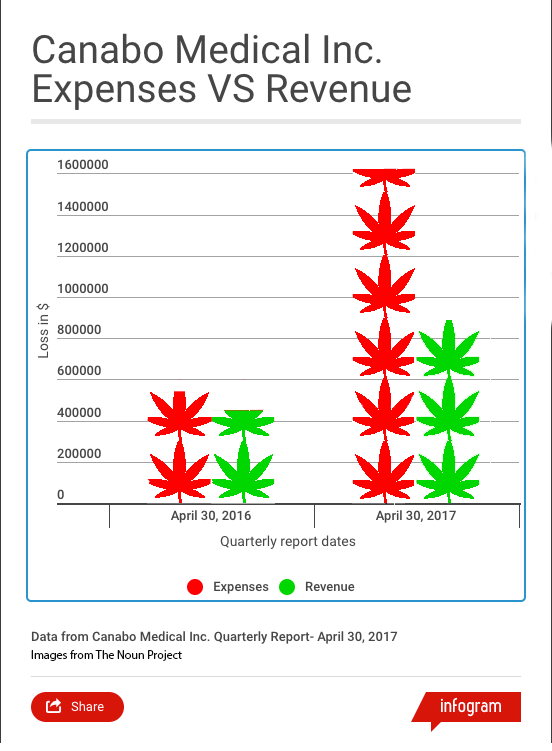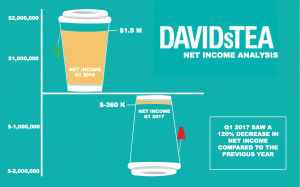Though it’s still earning profits, Canada’s leading theatre chain is looking for other ways to generate revenue in order to make up for its declining sales at the box office, according to an analysis of its more recent financial statement.

Photo was taken at Cineplex on Quinpool Road, Halifax, by Sixian Zuo.
Cineplex by mckied on TradingView.com
Cineplex’s shares have been recently declining.
Cineplex‘s box office sales accounted for $712 million of total revenue in 2016. The proportion of sales as a percent of total revenue has declined 48 per cent since 2011.
In 2016, box office and food services accounted for 77 per cent of Cineplex’s $1,478 million in total revenue. Another two components, “media” and “other”, made up the rest.
“They are in a generally stagnant business (not much growth in movie attendance)”, says Christopher Hartt, a professor of Department of Business & Social Sciences in Dalhousie University in an emailed interview. In 2016, Cineplex attendance was $74,594 million. In 2016 the fourth-quarter, the attendance was 12 per cent down compared with the same period in 2015.
“They are essentially dependent on their suppliers to produce movies that the public wants to see”, says Hartt, “they try to control this by having long term arrangements with the more successful movie companies.”
Cineplex has refused to respond to requests for an interview about declining box-office sales. “We’re in our quiet period right now,” said Sarah Van Lange, the Director of Communications, Cineplex Entertainment, in an emailed statement.
To deal with declining box-office sales, Cineplex is trying to pivot from movies to other services like games and on-screen art exhibitions. “They(‘ll) create an experience, and create a reason for you to go”, says Rick Nason, a professor at the Rowe School of Business.
“They have tried to expand through acquisitions in related industries (gaming etc.),” says Dalhousie’s Christopher Hartt.
From the 2016 financial report, revenues from other column was doubled. Other revenues contain money from games, the Rec Room, Cineplex exhibition and others.
The Rec Room, a location based entertainment, which was kicked off in 2016, brought $2.36 million new income.
Games excluding Cineplex exhibition and The Rec Room are expanding as well. Compared with 2015, games brought near four times revenue than 2015. However, this is a tiny contribution to offset their whole expenses, $1,369 million, in 2016.
“Movie theaters in general are under attack, it is not just about Cineplex,” said Nason, “so that is why they want to create more experience, like having drink service, having a restaurant experience, having the gaming experience, having seating areas, having pre-seating area. But Nason says these experiences are “mediocre”.
Revenue from food services has been steadily been declining since 2015. For the first three months of its most recent fiscal year, revenue from selling popcorn, chocolate bars and chips made up 28.8 per cent of revenues.









